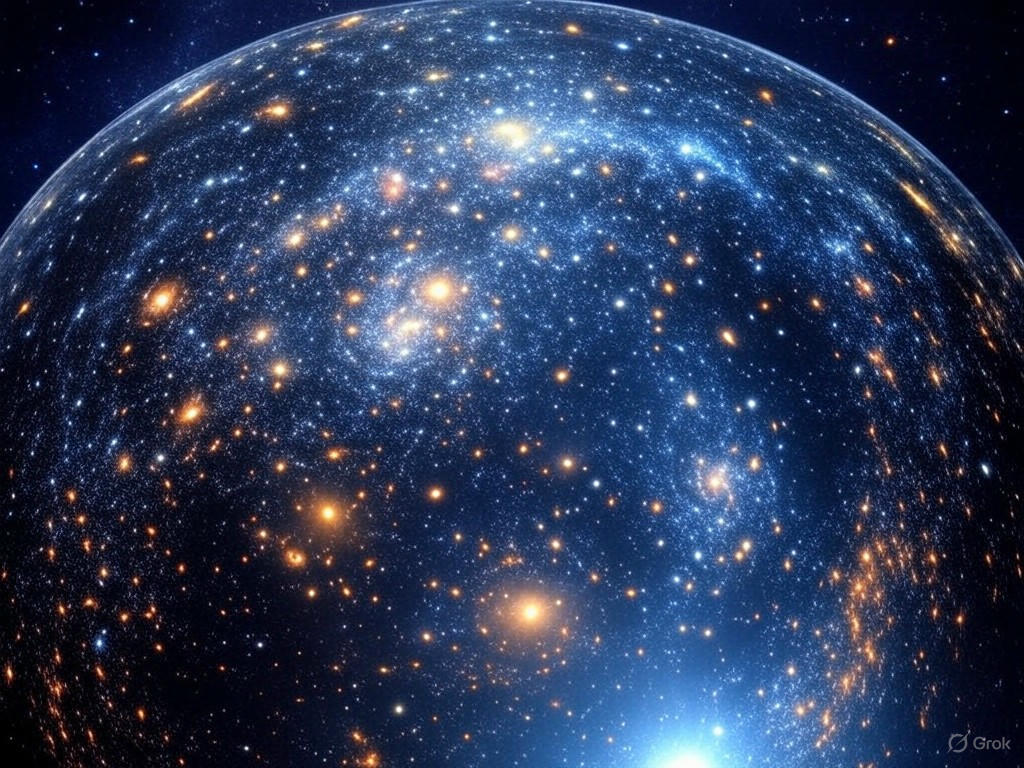Unveiling the Cosmic Canvas: A Groundbreaking Map of 800,000 Galaxies Redefines Our Understanding
A monumental leap in cosmic exploration has just been unveiled, as a global team of scientists, under the banner of the COSMOS collaboration, has released the most expansive map of the universe ever created. This awe-inspiring project, dubbed the COSMOS-Web field, charts an astonishing 800,000 galaxies, offering an unprecedented glimpse into the vastness of space. Compiled using cutting-edge data from the James Webb Space Telescope (JWST), this map not only showcases the sheer scale of the cosmos but also poses significant challenges to existing theories about the early universe.
The journey to this historic achievement began with the unparalleled capabilities of the JWST, humanity’s most advanced space observatory. Launched to peer deeper into space and time than ever before, the telescope has captured intricate details of distant galaxies, some of which date back to mere hundreds of millions of years after the Big Bang. By stitching together countless observations, the COSMOS team has painted a detailed portrait of the universe’s structure, revealing patterns and formations that defy long-held assumptions. The map spans an enormous swath of the sky, uncovering hidden clusters of galaxies and shedding light on the mysterious forces that shaped the cosmos in its infancy. What makes this endeavor even more remarkable is the commitment to open science— the data behind this cosmic atlas has been made freely available to researchers and enthusiasts worldwide, sparking a new era of discovery.
Perhaps the most intriguing aspect of the COSMOS-Web field is its potential to rewrite the narrative of cosmic evolution. Early theories suggested that the universe’s first galaxies formed slowly and uniformly, but the map tells a different story. It reveals unexpected densities and irregularities in galaxy distribution, hinting at rapid, chaotic growth in the universe’s formative years. These findings challenge astronomers to rethink the mechanisms of star formation and the role of dark matter in sculpting the cosmic web. Scientists are now diving into this treasure trove of data, eager to uncover clues about the fundamental laws that govern our reality. Beyond the scientific implications, the map serves as a humbling reminder of our place in an unimaginably vast universe, where each pinprick of light represents a galaxy teeming with billions of stars.
As the COSMOS collaboration continues to analyze this groundbreaking dataset, the map of 800,000 galaxies stands as a testament to human curiosity and technological ingenuity. It is a stepping stone to even greater revelations, promising to unlock secrets about the origins of everything we know. For now, this cosmic canvas invites us all to marvel at the beauty and complexity of the universe, while scientists work tirelessly to decode its ancient story. With every new discovery, we inch closer to understanding not just where we are, but how we came to be—a question that has captivated humanity for millennia.


